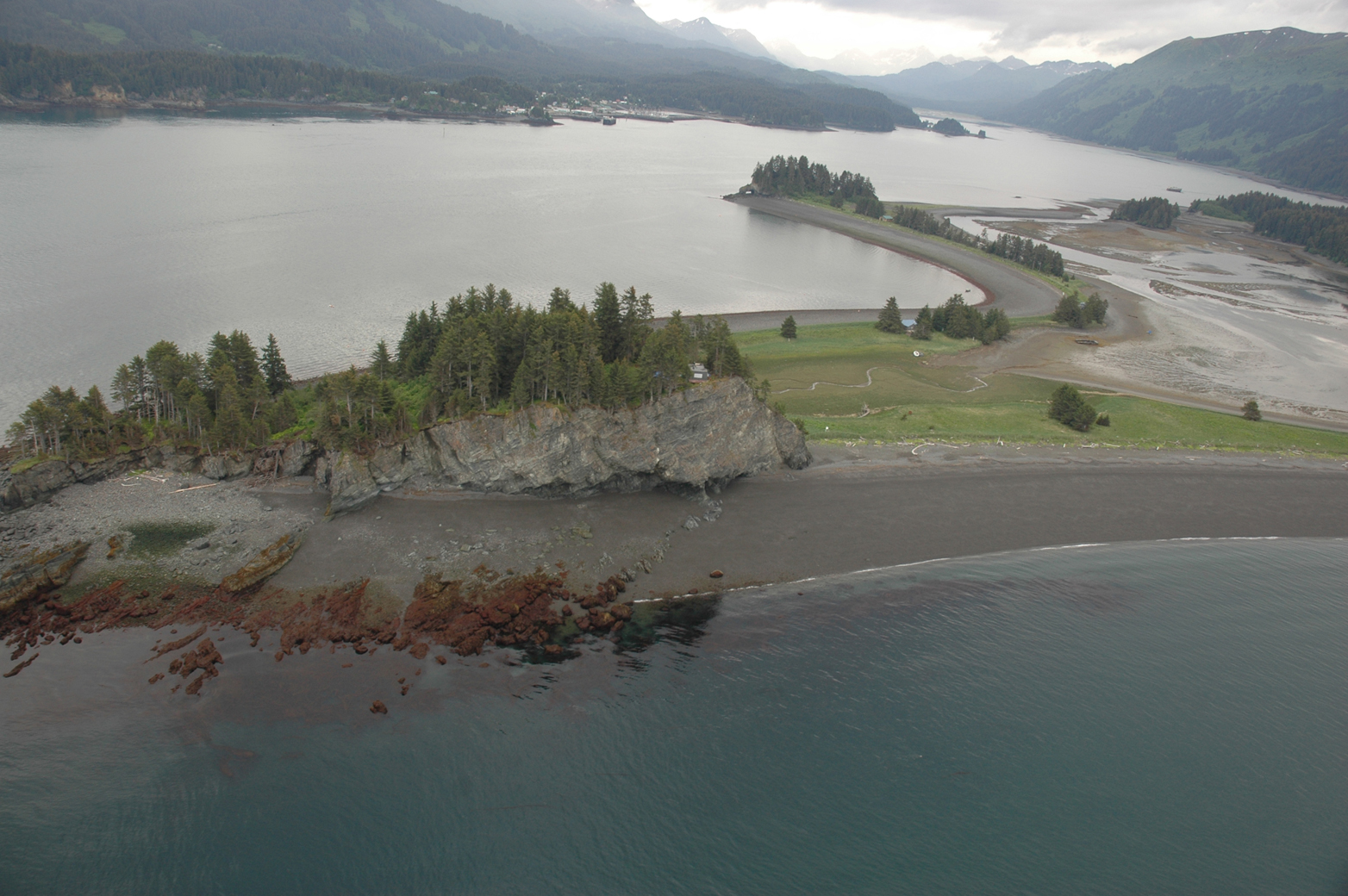On the last day of 2012, the oil-drilling rig Kulluk ran aground on Sitkalidak Island near Kodiak. The weather was foul, the location remote, and the timing unfortunate.
But responders had a new tool that let them scope out the weather, sea bottom, navigation threats, endangered environmental resources, potential sheltered anchorages, and access options — before even leaving their desks.
The Sitkalidak coast was included in the Cook Inlet Response Tool, or CIRT, an online information clearinghouse for oil-spill and other emergency response planning. CIRT combines aerial photos, real-time sensor readings, models of natural processes, and geographic information systems mapping to allow responders virtual access to even the most remote and forbidding shores.
It also identifies and describes areas of concern, and then shares that integrated information not only with resource and oil-spill response agencies but also with stakeholders such as industry, nonprofits, and the public.
On March 4, Susan Saupe, director of science and research for the Cook Inlet Regional Citizens Advisory Council, and Will Koeppen from Axiom Data Science, the consulting firm that provides CIRT’s data management and technical support, led a workshop describing the system. The workshop’s goals were to share the tool with potential users and to solicit input for improving its value for managing resources.
CIRT, as the workshop demonstrated, is not all work and no play. Sea kayakers are using it to scope out paddling routes and nice beaches.
Some of the shoreline photos are so stunning that CIRCAC created an exhibition and photography book of favorites, titled “Coastal Impressions.”
Cook Inlet was chosen as a prototype project for this new technology. Workshop participants commented that the tool is maturing and reaching a tipping point where agencies are beginning to rely upon it and more people are discovering its usefulness.
CIRCAC and the Alaska Ocean Observing System worked together to create CIRT in its present form.
CIRCAC, which celebrates its 25th anniversary this year, was established after the 1989 Exxon Valdez oil spill to allow public participation in the oversight of the inlet’s oil industry. AOOS, begun in 2003, is a consortium of agencies (state and federal), industry representatives, and research institutions. Its goal, according to its website, is to increase information available to promote marine safety, water quality, coastal hazard mitigation, and monitoring natural systems. AOOS hosts the online CIRT data portal.
The CIRT builds on other projects dating back to the 1990s. Saupe told the group that the need for such a tool became obvious during the damage-assessment studies and spill-preparedness drills following the 1989 disaster.
Around 2000, CIRCAC developed two information projects now integrated into the CIRT. With the state of Alaska, CIRCAC created geographic response strategies — detailed site plans with maps of sensitive areas and notes on access and oil boom positioning.
CIRCAC also initiated Alaska ShoreZone, a catalog of high-resolution still and video images that provide birds-eye views of Alaska beaches. That project, inspired by one in Washington, began in Cook lnlet, acquired many partners, and later grew into a statewide project hosted by the National Oceanic and Atmospheric Administration.
CIRT takes these projects to the next level, tying them together with databases and remote sensors that add new dimensions of knowledge while using state-of-the-art Internet tools to give the public easy access via the computer portal, available at: http://portal.aoos.org/cirt.php.
As far as it has come, CIRT remains a work in progress. Keeping information up-to-date is a constant challenge. For example, Saupe complained that the main data about Cook Inlet’s currents are based on patchy and obsolete measurements made in the 1970s. The developers constantly add new data, tweak software, and seek feedback from users. CIRT will continue to evolve.
One enthusiastic user who attended the workshop was Kris Holderied, director of the NOAA Kasitsna Bay Laboratory near Seldovia. She praised Saupe, CIRCAC and others involved for their hard work over many years to develop the tool.
“This is huge for us,” Holderied said.
About a dozen people attended the Homer workshop at Land’s End, held in conjunction with the Kachemak Bay Science Conference. The workshop’s sponsors were CIRCAC, AOOS and the Kachemak Bay Research Reserve. The Kenai Peninsula Fish Habitat Partnership provided the workshop funding.
Shana Loshbaugh is a writer who lives on the southern Kenai Peninsula.


